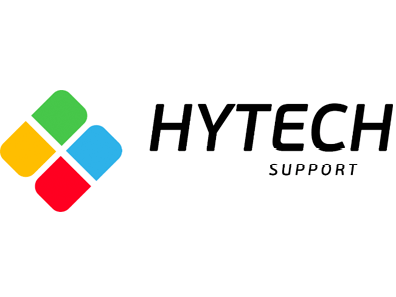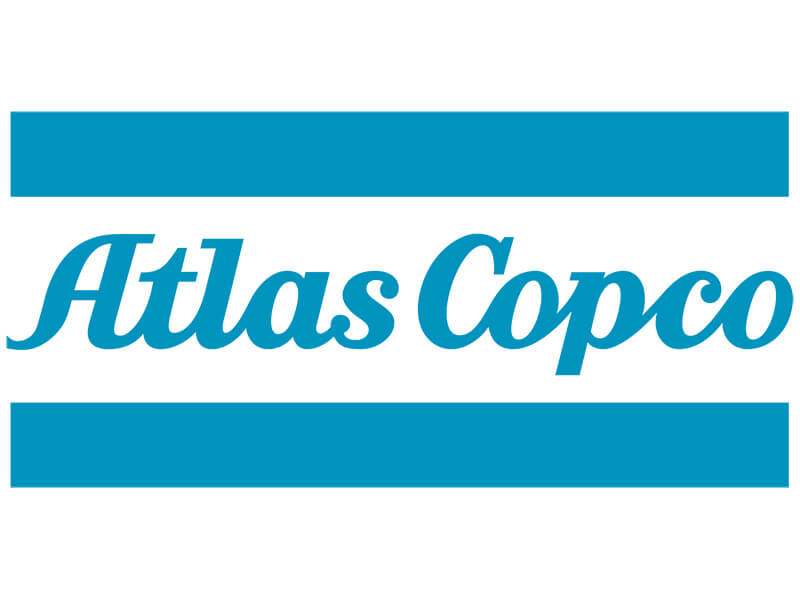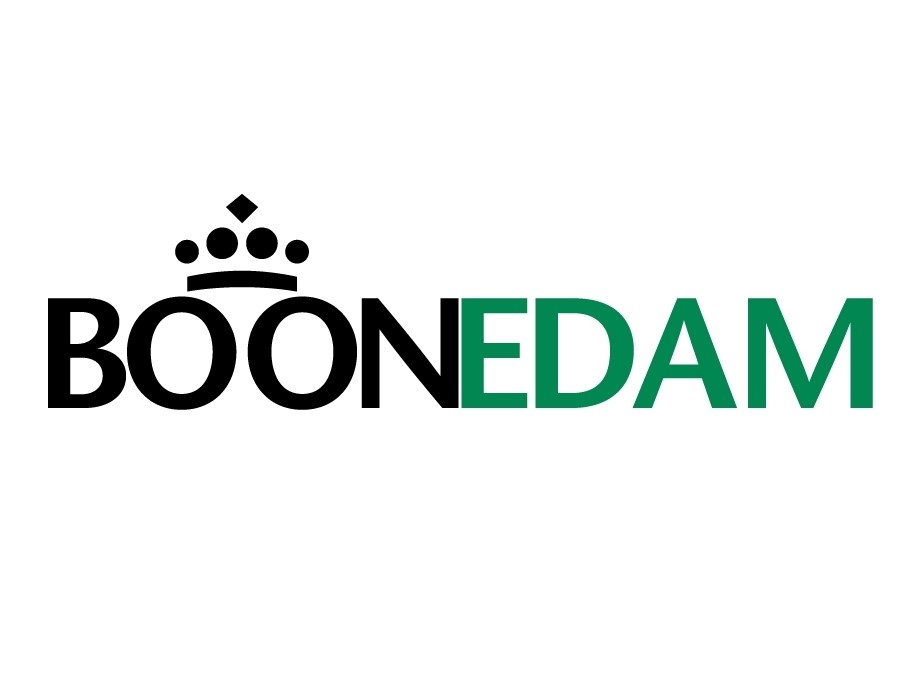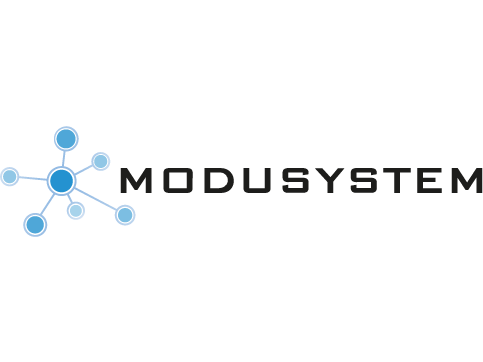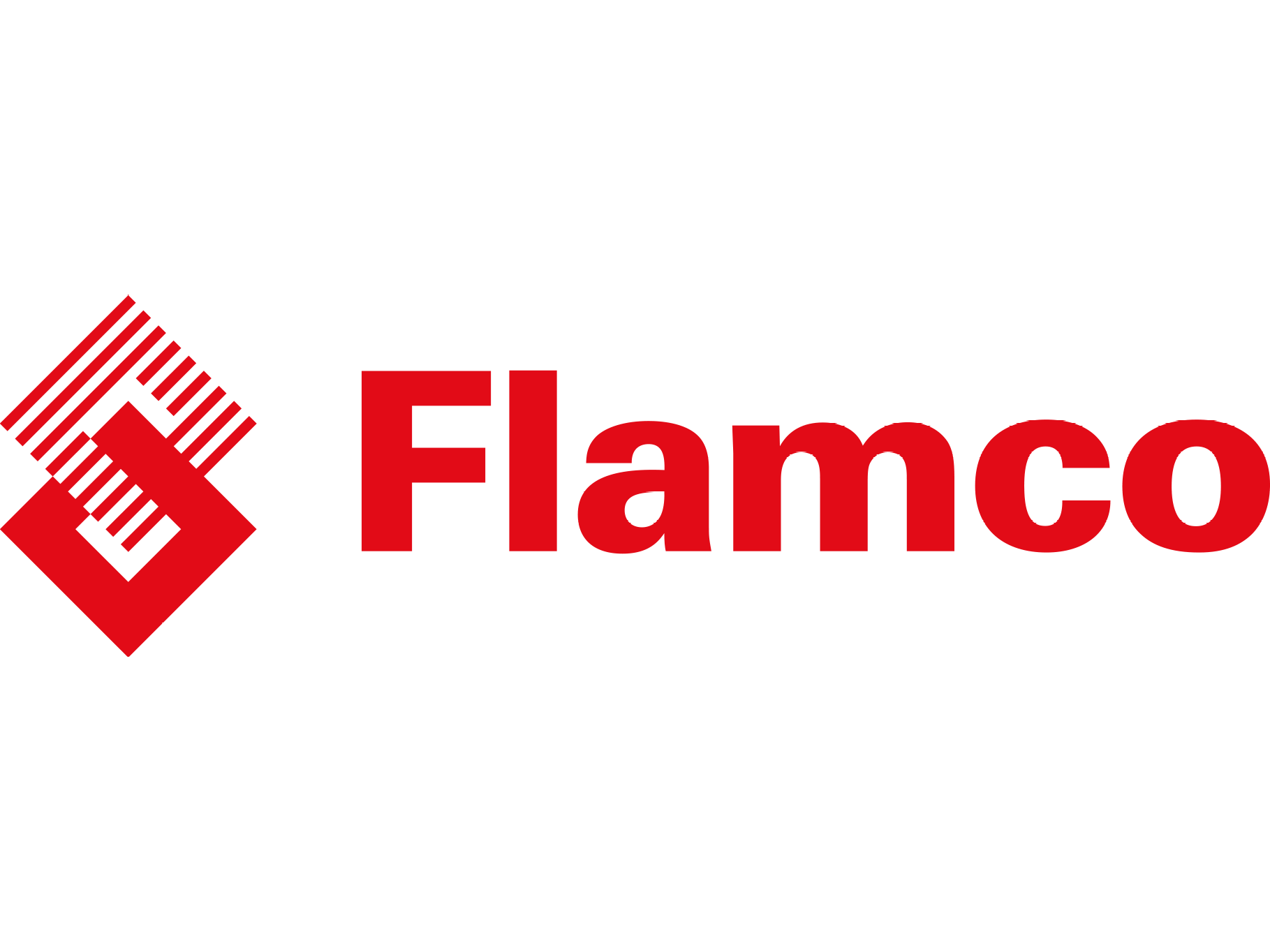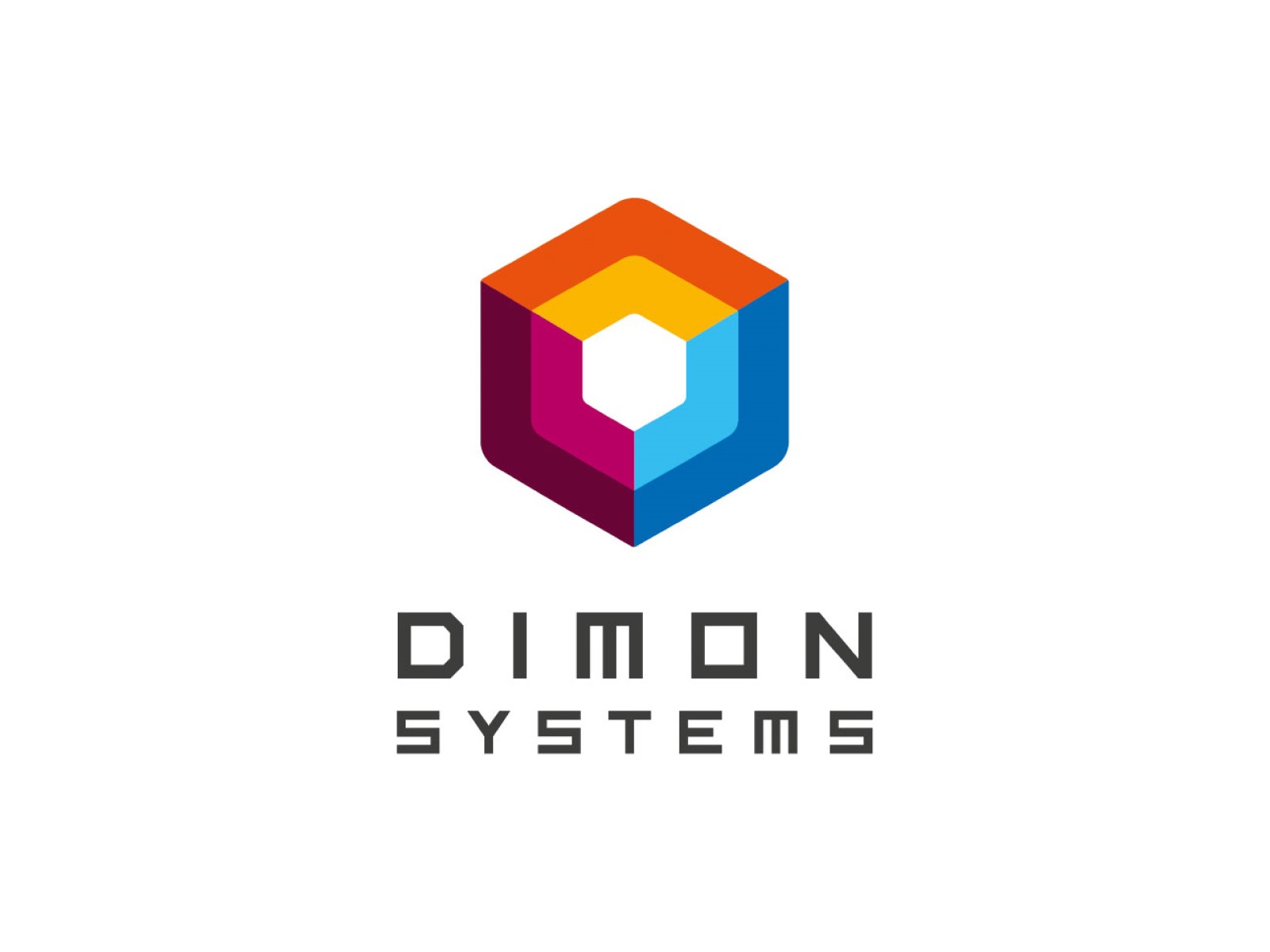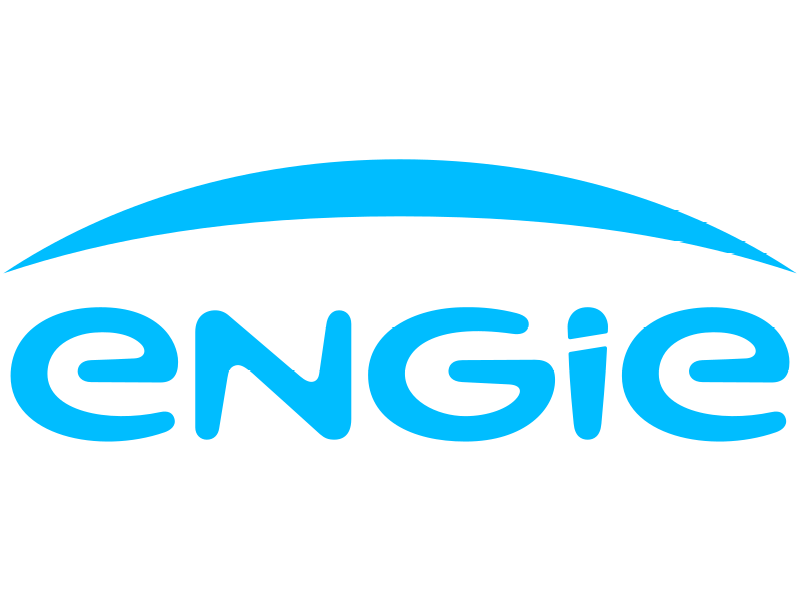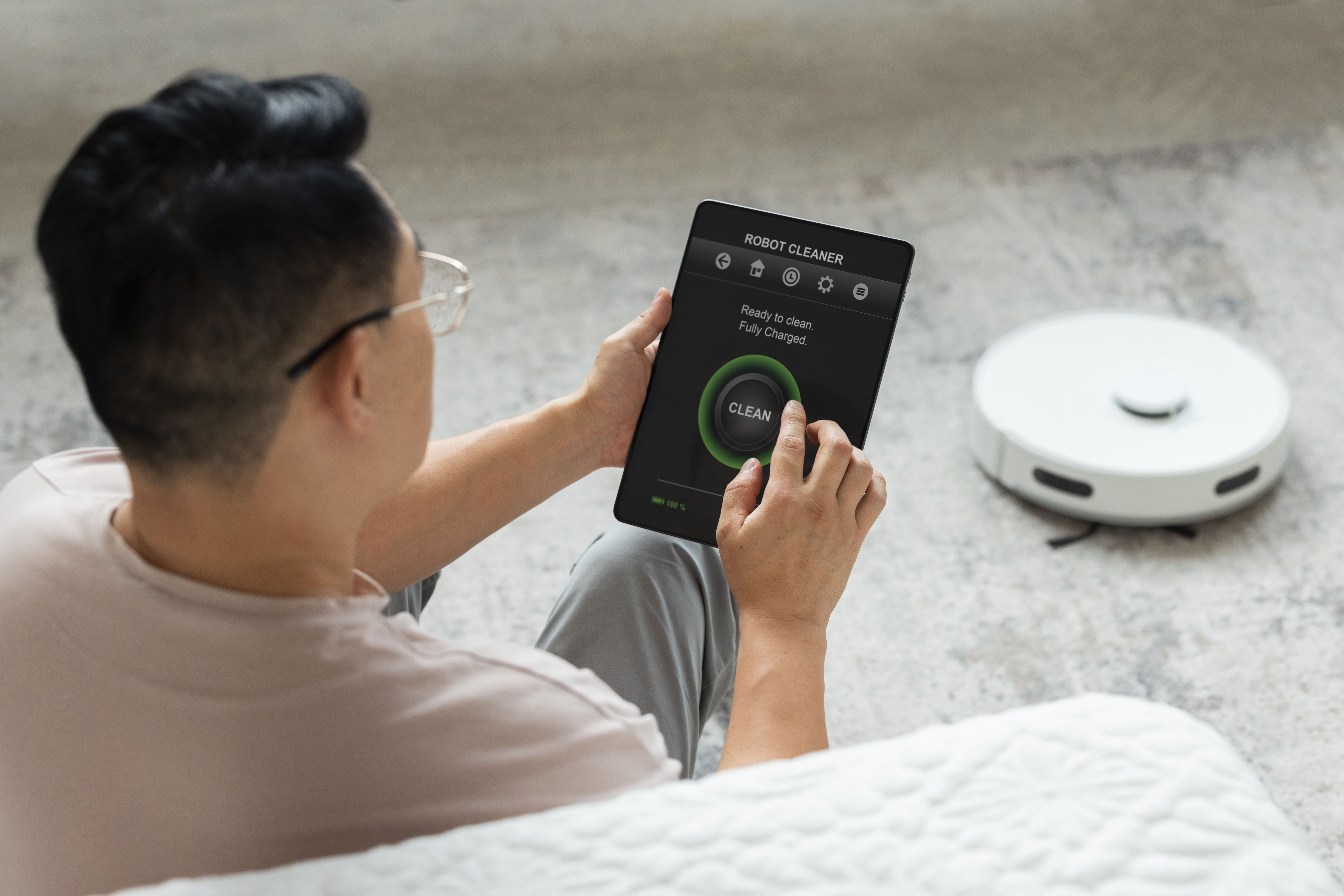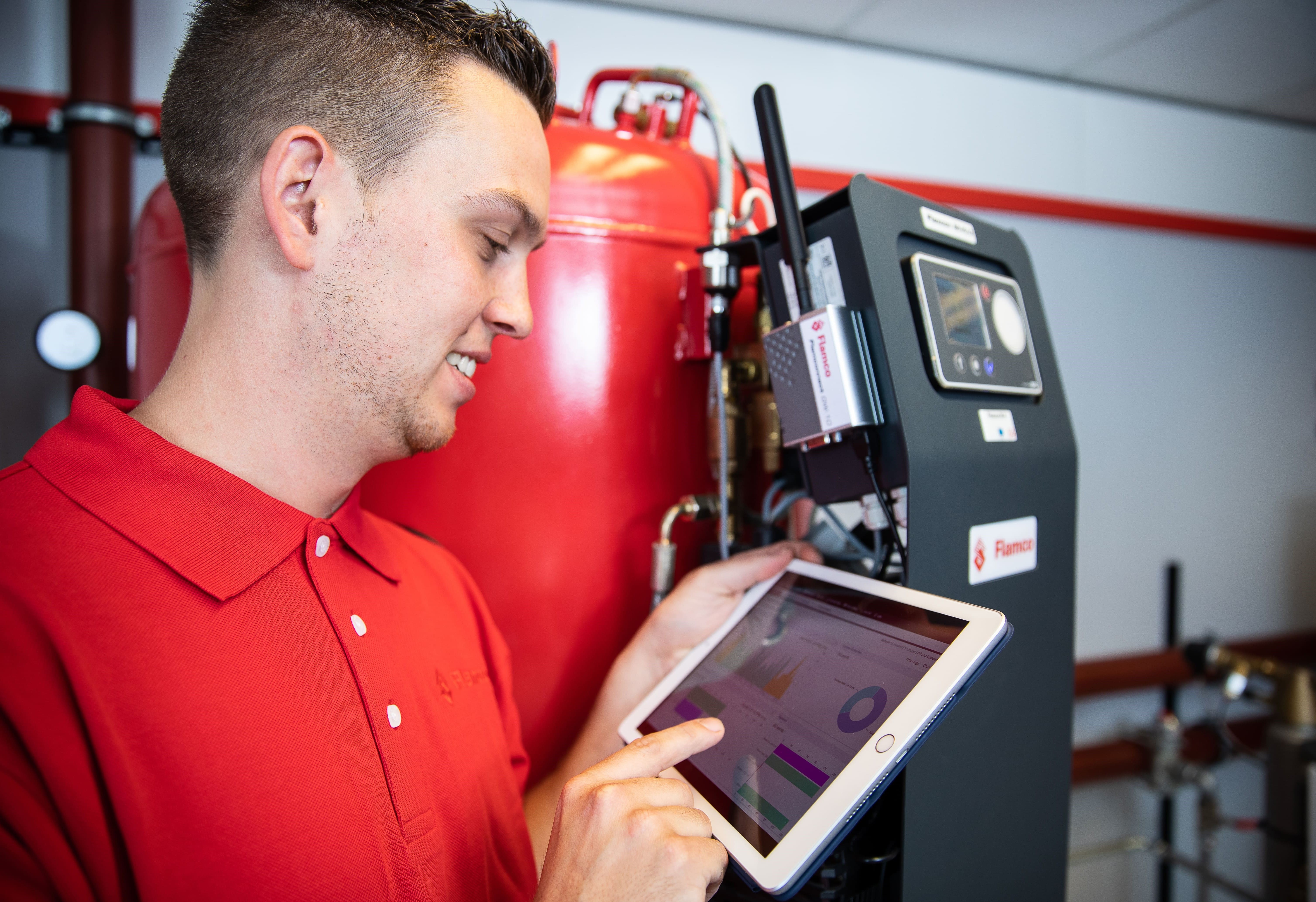
Expertise
Asset Management
Creating value with IoT
From cost item to business value
Many organisations still see the Internet of Things (IoT) as a cost item. How do I benefit from it? And what does it cost me? These are the questions we are asked most frequently. Too often, people think from a technical perspective, and it’s not the goal to apply IoT. However, IoT should be a means to create business value. If you start thinking from a business perspective, you soon find that there are quite a few things that can really contribute.
Think of increased machine uptime. IoT can take care of the telemetric data generated by these machines and send an alert to the user. This can lead to detection of improper use of the machines or preventive replacement of parts when the maintenance schedule indicates that the maximum number of hours has been reached. This automatically results in increased customer satisfaction. Customers who use your devices with this business functionality are relieved of their worries. The devices are monitored remotely and can be adjusted without the on-site presence of an employee.
We have noticed that there are too few qualified people available to provide maintenance and support for the growing numbers of devices. This means that IoT can be used to do more with fewer people. For example, performing remote diagnostics or sending notifications, after which a conclusion can be drawn that leads to sending commands and configurations to these devices. This is a new service that you can offer to generate extra revenue by deploying these business functions within your service portfolio.
The benefits at a glance
The following list shows all the benefits, with efficiency, unplanned downtime and revenue being the most important benefits for the organisations we have helped to generate more business value.
These are the customers who are already experiencing these benefits
Insights into business barriers
We often encounter barriers when it comes to business innovation that involves technology as the means for acceleration.Unfortunately these barriers distract from the required focus, and often they are of a technical nature because the technological change is still seen as a technical implementation. However, we also see business barriers. We have gained substantial experience in this domain, and we would like to share our insights with you.
The following list shows the most important barriers that we encounter in organisations and that stand in the way of a successful IoT implementation.
- Too complex and/or too technical
- Safety
- Lack of budget/personnel
- Lack of knowledge
- Still in progress
Too complex and/or too technical
IoT is too complex which means that its implementation is time-consuming due to technological requirements and the business transformation that is required. The customer often wants to resolve existing and/or future issues before adding and/or using IoT.
Safety
Security is a term we often hear. Is the security risk worth it? What about our privacy and that of our consumers? Where do we store our data and is a public Cloud solution the right way for us to go?
Lack of budget/personnel
As mentioned in the introduction, it is difficult to have enough staff available to implement and manage IoT. At the same time, lack of budget is often seen as business barrier, and usually this is blamed on not having a clear understanding of the value of IoT and lack of buy-in from senior leadership.
Lack of knowledge
IoT involves specialist expertise, and most organisations see this as a problem in terms of technical knowledge. There is not enough training or guidance on how to implement IoT. But does your organisation need to have this in-house? Wouldn’t it be better to focus on what your organisation stands for?
Still in progress
Finally, we often hear that organisations are still implementing their current solution. This is not always what people really want, but it is a working solution. Trust plays a major role here. Past experiences can lead to not trusting new technologies and partners.
Organisations that are able to step over these barriers will be able to achieve business value (impact). See the following examples of successful IoT implementations within organisations that have realised impact within their business case due to the insights obtained through the use of IoT.
Related products
-

conNXT, creating value with IoT
Read moreThe Internet of Things (IoT) is all about insight, allowing you to understand what is happening and why it is happening.

